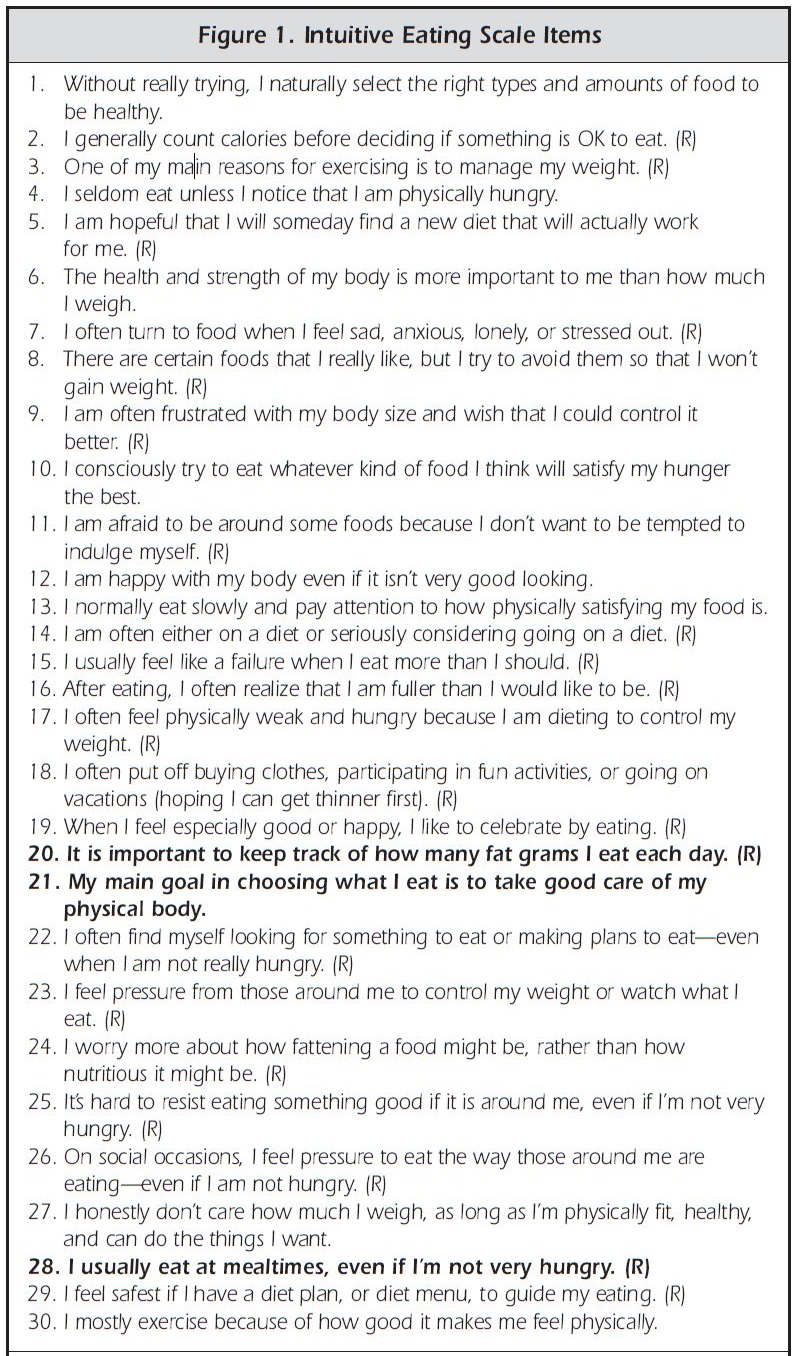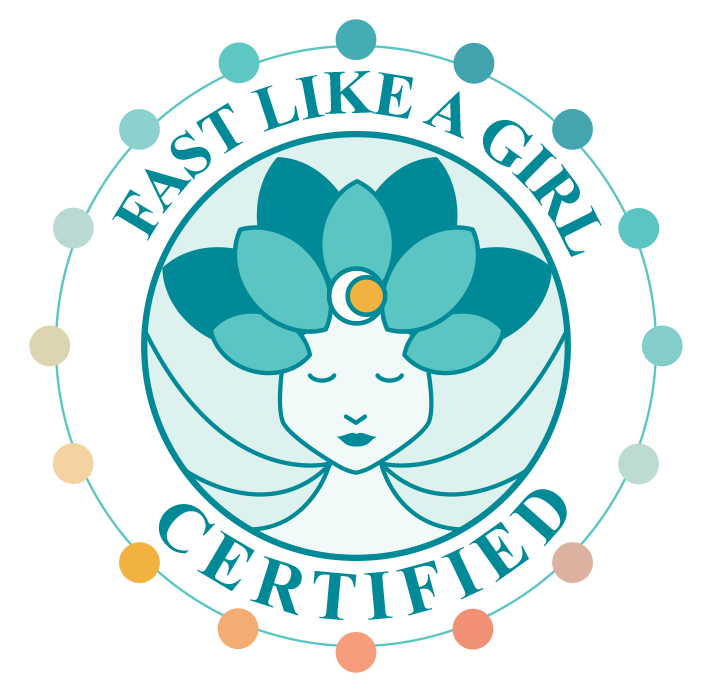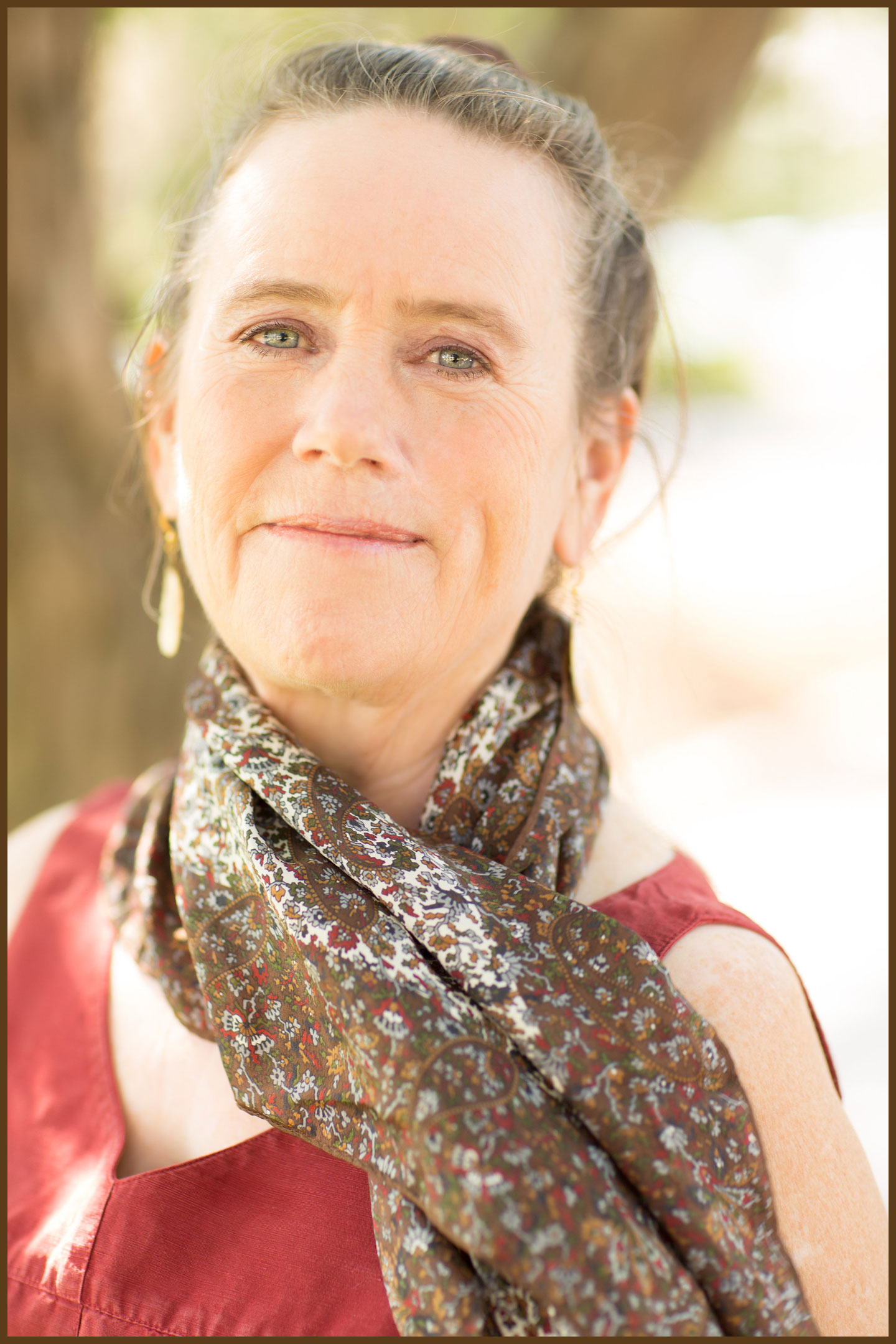Are you a restrained eater?
 How much do you have rules for what you eat, when you eat, and how much you eat? How much do you hear and follow your internal signals for hunger and satiety? Would you like to score yourself on a researched scale to see where you fall?
How much do you have rules for what you eat, when you eat, and how much you eat? How much do you hear and follow your internal signals for hunger and satiety? Would you like to score yourself on a researched scale to see where you fall?
Do you fit this picture:
- You order dessert in a restaurant once you have seen it or heard about it even if you are full.
- You don’t trust you appetite and try to control your body weight.
- Eat when depressed, angry, excited, anxious or afraid.
- You may be gaining weight, or frustrated in your efforts to lose weight.
- You use willpower to attempt to control hunger and food desires.
- If you cheat on your diet, you will continue to eat because “what the hell.”
What is a restrained eater?
Anyone who overrides internal cues to eat can be considered a restrained eater:
- fitting the picture above
- controlled meal plans
- avoidance of taboo foods
- restricted intake of fat grams or calories
Why is this important?
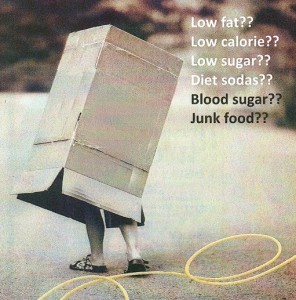
According to studies, restrained eating is unsustainable, and can lead to:
- weight yo-yoing
- altered body composition
- heightened fat storage potential
- decreased resting metabolism
- dysfunctional relationships with food
- increased risk of eating disorders
- low self-esteem
- an overall sense of failure among dieters
Let’s find out how sensitive you are to hunger and satiety signals.
A research study published in the American Journal of Health in 2004 titled “The Intuitive Eating Scale: Development and Preliminary Validation” gives us the scale.
Take out a piece of paper and number in a column from 1 to 30. Answer the following questions on this scale:
- Strongly disagree
- Somewhat disagree
- Neutral
- Somewhat agree
- Strongly agree
Here are the questions from the study. I will tell you how to analyze your score when you have your answers.
Start by crossing out your score from the bolded questions. It turns out they were thrown out of the study at the end because they were not as important factors as the other questions.
Now make a second column of numbers after the questions. For every question with a (R) after it, reverse your score. This means that if you scored a 1, switch it to 5. 2 becomes 4 and 4 becomes 2. Finally 5 switches to 1. A 3 stays a 3. For the questions without an (R), copy the original number in the second column.
OK, add up your new column of numbers. Overall, the higher the score, the more you are an intuitive eater. (Highest is 27 x 5 = 135) The lower the score, the more you are a restrained eater. (Lowest is 27 x 1 = 27) Midpoint is 67.
How did you score?
There is no judgment, no blame. We are a product of our environment and society and the internal guidance we listen to. As we become more aware of the programming, we have a chance to choose something else.
Every authority and every institution in the USA implores us to fight fat. Weight control is a public health issue plus it has become a moral imperative. Dieting is a part of our culture. I remember as a child being given a book of calorie counts of food. I did my best to eat the least calories, until I was tempted by something sweet and then felt guilty after eating it. It was an endless futile cycle.
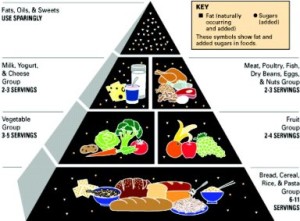 Look at what is surrounding us:
Look at what is surrounding us:
- Thanks to Department of Health and Human Services and National Institutes of Health we have calorie restricted diets and the food pyramid.
- Exercise physiologists take their cue from Centers for Disease Control and Prevention for target heart rates and calorie burning goals.
- Psychologists and psychotherapists offer behavior modification to moderate eating habits.
- Surgeon General Richard Carmona called obesity “the terror within” “every bit as threatening to us as is the terrorist threat we face today.”
No wonder we have this program running subconsciously.
What are the benefits of giving up restrained eating and learning to listen to your body?
- your weight setpoint can be restored to more youthful levels
- you recognize emotional eating and feed what is really hungry : taking care of yourself and your emotions
- you choose foods that satisfy, not those that are nutritionally manipulated to make you eat more and more
- you no longer have to count calories, fat grams, carbs, or anything else you have been counting
- you can be healthy at any weight
What does easy and effortless eating look like?
- You eat normally without thinking about calories
- You allow hunger/fullness/appetite levels to regulate what and when you eat
- Your body loses interest in eating when you are full.
- Your metabolism can make up for an occasional indulgence.
Is this for you?
Is this how you would like to move through life, eating for nourishment in a simple enjoyable way? Then, see the next blog, Simple and Enjoyable Eating.
How did you score on the restrained eating quiz? How and when do you listen to your internal signals for hunger, appetite, and fullness? Please comment below.
WANT TO USE THIS ARTICLE IN YOUR NEWSLETTER OR WEB SITE? You can, as long as you include this complete blurb with it:
“Naturopathic Physician Dr. Cheryl Kasdorf is a doctor who listens and has answers with a natural approach that works. She is known as the go-to person to get back your get-up-and-go when it is gone, gone, gone. Get your FREE gift “Dr. Kasdorf’s Health Secrets for Feeling & Looking Great” at drcherylkasdorf.com


